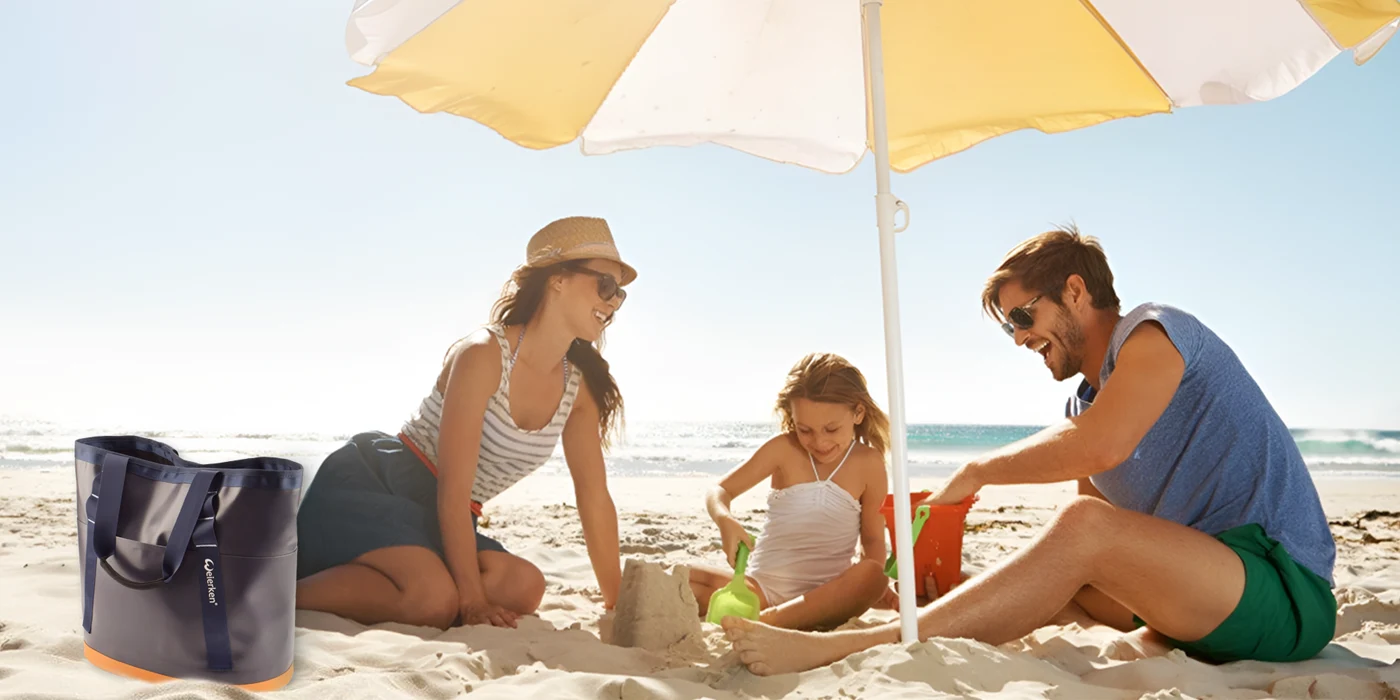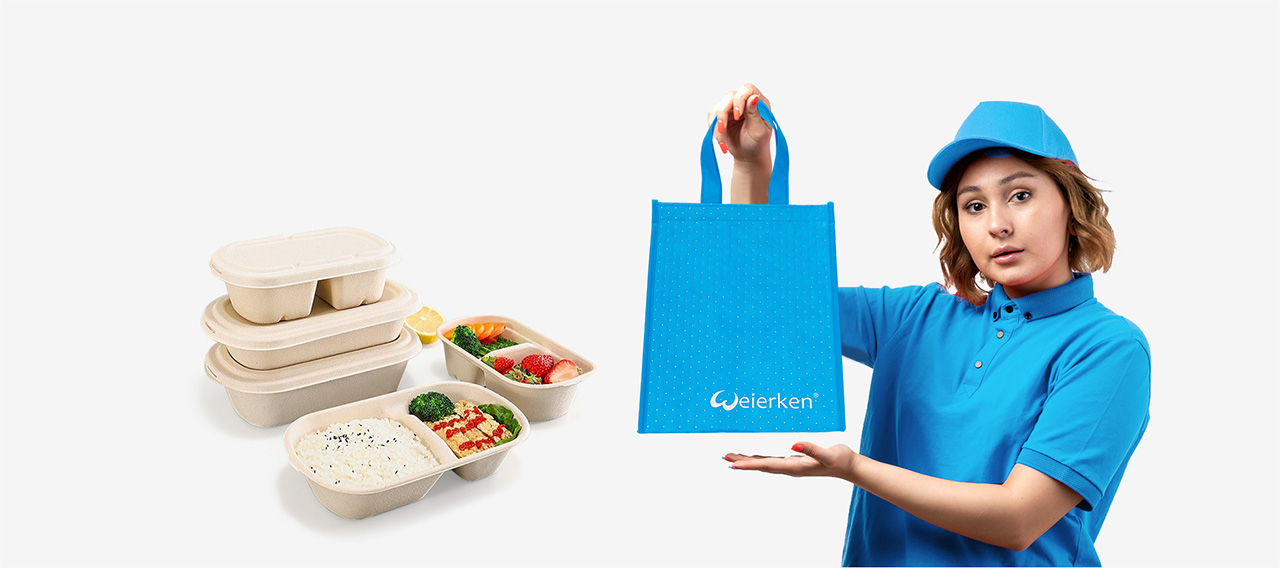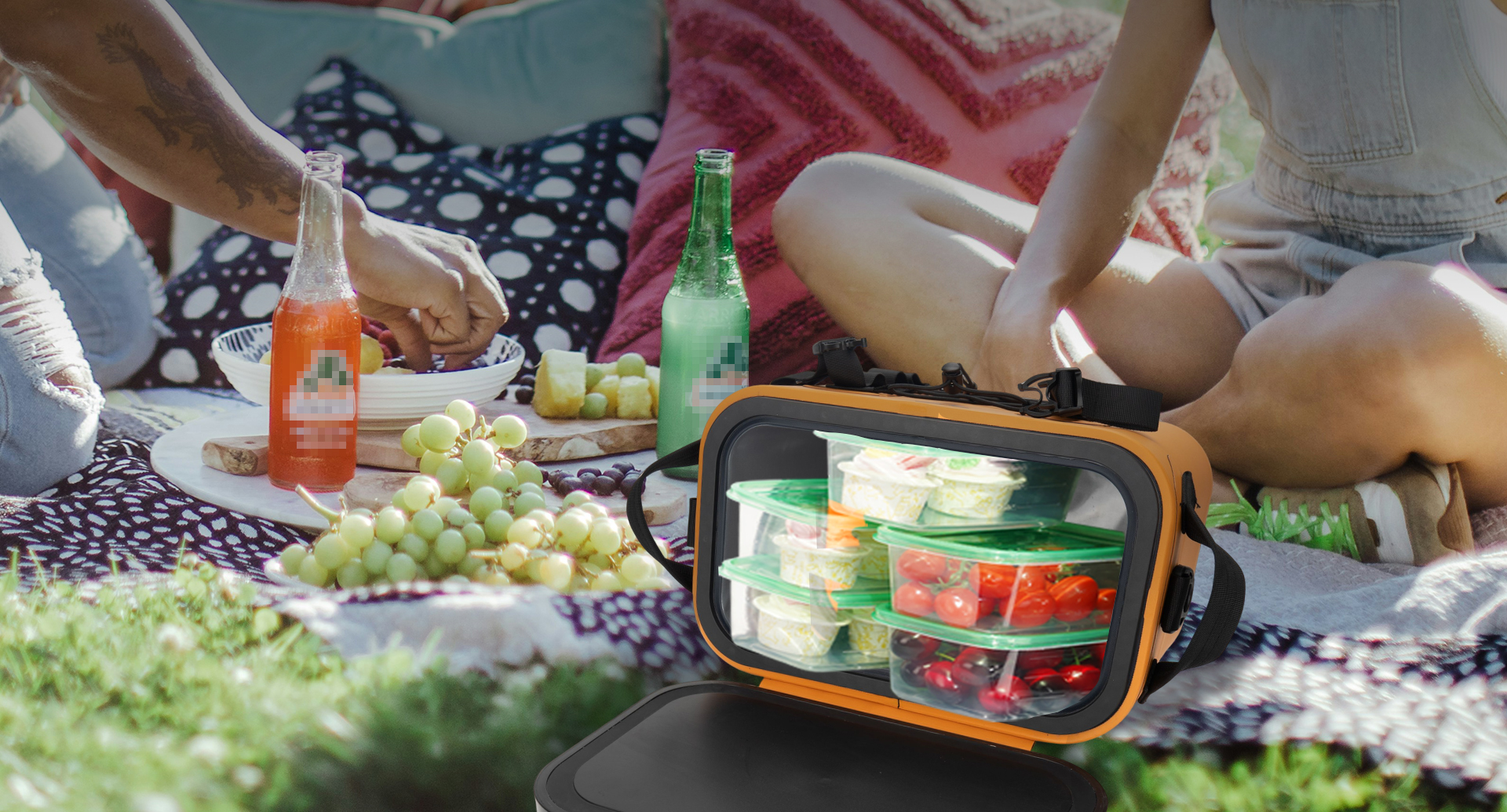So, you’re considering a diving bag bulk order. This is a significant step, whether you’re a dive shop owner, a tour operator, or a brand looking to expand its merchandise line. A bulk purchase isn’t just about getting a lower price per unit; it’s a strategic decision that impacts your inventory, brand reputation, and bottom line for months to come. Rushing this process without proper due diligence can lead to a warehouse full of subpar products, unhappy customers, and a damaged brand image.
Making an informed decision requires looking beyond the surface. It’s about evaluating the entire ecosystem surrounding the product and the supplier. In this comprehensive guide, we’ll dive deep into the five critical metrics you must assess to ensure your bulk order of diving bags is a resounding success. As we explore these areas, we’ll occasionally highlight how a manufacturer like Weierken approaches these very factors, providing a practical benchmark for your evaluation.

Quality and Durability: The Non-Negotiable Foundation
When you place a diving bag bulk order, you’re not just buying a product; you’re making a long-term commitment to your customers. The quality of the bags directly influences customer satisfaction, return rates, and the long-term cost of ownership. A bag that fails after a few uses will cost you far more in returns and lost goodwill than you ever saved on the initial purchase.
Deconstructing Durability: What to Look For
- Material & Fabric: Don’t just accept “nylon” or “polyester” as an answer. Dig deeper. Ask about the denier (D) and thread count. For instance, a 1000D nylon is significantly more abrasion-resistant than a 600D version. For PVC tarpaulin, inquire about the thickness and whether it’s laminated for enhanced waterproofing. Look for materials that are resistant to UV rays, saltwater corrosion, and mildew. A supplier worth their salt will be transparent about their material specifications.
- Stitching & Seams: Double-stitching or even triple-stitching in high-stress areas (like handles and straps) is a hallmark of a well-made bag. Examine the stitch density—stitches per inch (SPI). A higher SPI generally indicates a stronger seam. Bar-tacking at critical stress points is absolutely essential; this reinforced stitching prevents handles from tearing off under the weight of heavy, wet gear.
- Zippers & Hardware: This is where many low-cost bags fail. Insist on branded, corrosion-resistant zippers like YKK or SBS. Rusty zippers render a bag useless. Check the clasps, buckles, and D-rings. Are they made from durable, non-corrosive materials like ABS plastic or hardened polymer? Can they withstand repeated snapping and unsnapping? Weierken, for example, emphasizes the use of robust, saltwater-resistant hardware as a standard across their product line, understanding that these small components bear immense operational load.
Ignoring these details in your diving gear bulk purchase is a recipe for a flood of customer complaints and a tarnished reputation.
Price and Total Cost of Ownership: Looking Beyond the Tag
The unit price quoted by a supplier is often a tantalizing figure, but it’s rarely the whole story. For a bulk order of diving bags, your primary financial focus should be on the Total Cost of Ownership (TCO).
Calculating the True Cost
TCO includes the initial price plus all associated costs throughout the product’s lifecycle with you. This includes:
- Shipping and Logistics: Are the prices FOB (Free on Board) or CIF (Cost, Insurance, and Freight)? FOB means you’re responsible for the main shipping cost and insurance, which can be a significant, often overlooked, addition to your budget.
- Import Duties and Taxes: These vary by country and can add a substantial percentage to your cost. A reliable supplier should have experience shipping to your region and can offer general guidance.
- Payment Terms: Wire transfer fees, letters of credit charges, and other transaction costs can add up.
- After-Sales Costs: This is the big one. What is the defect rate? A cheaper bag with a 10% failure rate will end up costing more than a slightly more expensive bag with a 1% failure rate when you factor in return shipping, replacements, and administrative hassle.
A partner like Weierken focuses on delivering a competitive TCO by maintaining high quality control standards, thereby minimizing hidden post-purchase costs. When negotiating, present your requirement clearly: “We are looking for a diving bag bulk order that offers the best value in terms of total cost of ownership, not just the lowest sticker price.”
Minimum Order Quantity and Lead Time: Balancing Supply and Demand
MOQ and lead time are two sides of the same coin in supply chain management. Getting this balance wrong can either tie up your capital in excess inventory or leave you with empty shelves during peak season.
Strategic Planning for Your Inventory
- Minimum Order Quantity (MOQ): MOQs exist to make production runs feasible for the factory. If your start-up or business is small, a high MOQ can be a major barrier. Negotiate. Can you mix and match different colors or styles to meet the MOQ? Some suppliers, including Weierken, often show flexibility for promising new partnerships, offering lower MOQs for standard models to help you test the market.
- Production and Delivery Lead Time: Always ask for a detailed production schedule. How long from order confirmation to production start? From production completion to shipment? Factor in potential delays like Chinese New Year, material shortages, or port congestion. Your sales forecasts and inventory turnover rate should directly inform the order timing and size of your diving bag bulk order. A just-in-time inventory strategy requires a highly reliable and communicative supplier.
A transparent supplier will provide a realistic timeline and keep you updated on progress, allowing you to manage your marketing and sales activities effectively.
Supplier Reliability and Production Capability
You can have the perfect product spec sheet, but if the supplier can’t deliver on their promises consistently, your business is at risk. Vetting your manufacturing partner is perhaps the most critical step in the diving gear bulk purchase process.
Vetting Your Manufacturing Partner
- Business Licenses and Certifications: Ensure the company is legally registered and holds relevant industry certifications (e.g., ISO 9001 for quality management systems). This is a basic indicator of professionalism.
- Past Work and Client References: A credible supplier will have a portfolio of past clients and be willing to share (with permission) examples of similar work they’ve done. Look for experience in producing diving bags specifically.
- Quality Control Processes: Where does QC happen? Is it only a final pre-shipment inspection, or is it integrated throughout the production process? Ask about their In-Process Quality Control (IPQC) and Final Random Inspection procedures. What is their Acceptable Quality Limit (AQL)?
- Scalability and Problem-Solving: Can they handle a sudden 50% increase in order volume next season? How did they handle past disruptions? Their ability to adapt to challenges is a testament to their resilience. Weierken has built its reputation not just on product quality but on being a reliable partner that can scale production and solve problems proactively.
Customization and Brand Alignment
A bulk order of diving bags is a powerful branding opportunity. A generic bag does a job; a well-customized bag becomes a mobile billboard and enhances the user’s connection to your brand.
Making the Product Uniquely Yours
- Logo Printing/Embroidery: Discuss the techniques—silkscreen printing, heat transfer, or PVC patch. Embroidery offers a premium, durable feel but may have color limitations. Printing allows for full-color logos. Ensure the placement is prominent and aesthetically pleasing.
- Color Matching: Can the supplier match your specific Pantone colors? Request physical color swatches before production begins, as colors on a screen can be deceiving.
- Functional Design Tweaks: Beyond aesthetics, can you request functional modifications? This could include adding an extra mesh pocket for keys, a dedicated valve for air drying, or a different type of handle. A collaborative supplier will listen to your ideas and provide feedback on their feasibility and cost implications.
When your branded diving bag not only looks professional but also functions flawlessly, it elevates the entire customer experience and reinforces the value of your brand.
Placing a successful diving bag bulk order is a multifaceted process that blends careful analysis with strategic partnership. It’s about looking holistically at quality, total cost, logistics, supplier credibility, and brand expression. By meticulously evaluating these five key metrics, you move from being a simple purchaser to a strategic buyer.
Building a relationship with a manufacturer that demonstrates strength across all these areas—like Weierken strives to—is the ultimate key to de-risking your investment. It ensures that the bags you receive will not only meet but exceed expectations, supporting your business growth and satisfying your customers for years to come.
Frequently Asked Questions (FAQ) About Diving Bag Bulk Orders
Q1: What is a typical Minimum Order Quantity (MOQ) for a custom diving bag bulk order?
A1: MOQs vary significantly between suppliers, typically ranging from 500 to 2000 pieces for custom orders. However, many manufacturers are willing to negotiate, especially for simpler customizations like logo printing or if you are open to ordering from their existing catalog. It’s always best to discuss your specific needs directly with the supplier.
Q2: How long does production usually take for a large diving gear bulk purchase?
A2: A standard lead time is between 30 to 60 days from order confirmation to shipment. This timeline includes raw material sourcing, production, quality control, and packaging. Complex customizations or peak season orders can extend this period. Always confirm a detailed schedule with your supplier before placing an order.
Q3: What are the common payment terms for a first-time diving bag bulk order?
A3: For new business relationships, common terms are a 50% deposit with the purchase order and the remaining 50% balance paid before shipment. Some suppliers may accept a 30% T/T (Telegraphic Transfer) deposit. Establishing trust can lead to more flexible terms like LC (Letter of Credit) in the future.
Q4: Can I request samples before placing the full diving bag bulk order?
A4: Absolutely. Reputable suppliers encourage this. You can usually order a few pre-production samples to check quality, materials, and customization. There is typically a fee for custom samples, which is often deducted from your final invoice upon placing the full order. Never proceed with a bulk order of diving bags without approving a physical sample first.
Q5: What happens if there are quality issues with the bulk order of diving bags upon arrival?
A5: This is a critical question. Before ordering, clarify the supplier’s warranty and return policy for defective goods. A professional supplier will have a clear policy outlining the process for reporting defects (usually with supporting photos/videos), the acceptable defect rate (based on AQL standards), and the remedies, which could include replacement of defective units or a financial compensation. This is a key part of evaluating a supplier’s reliability.






